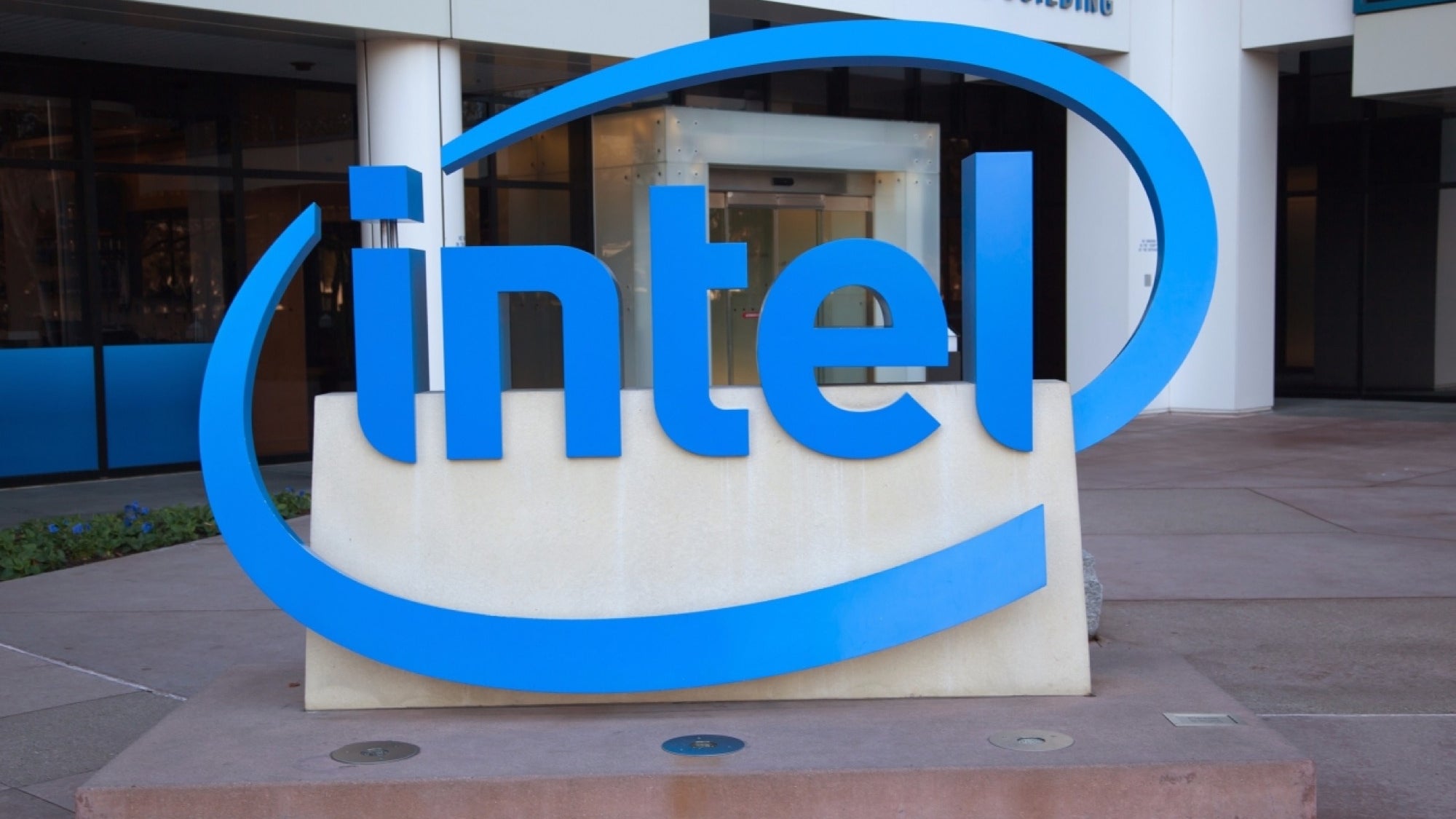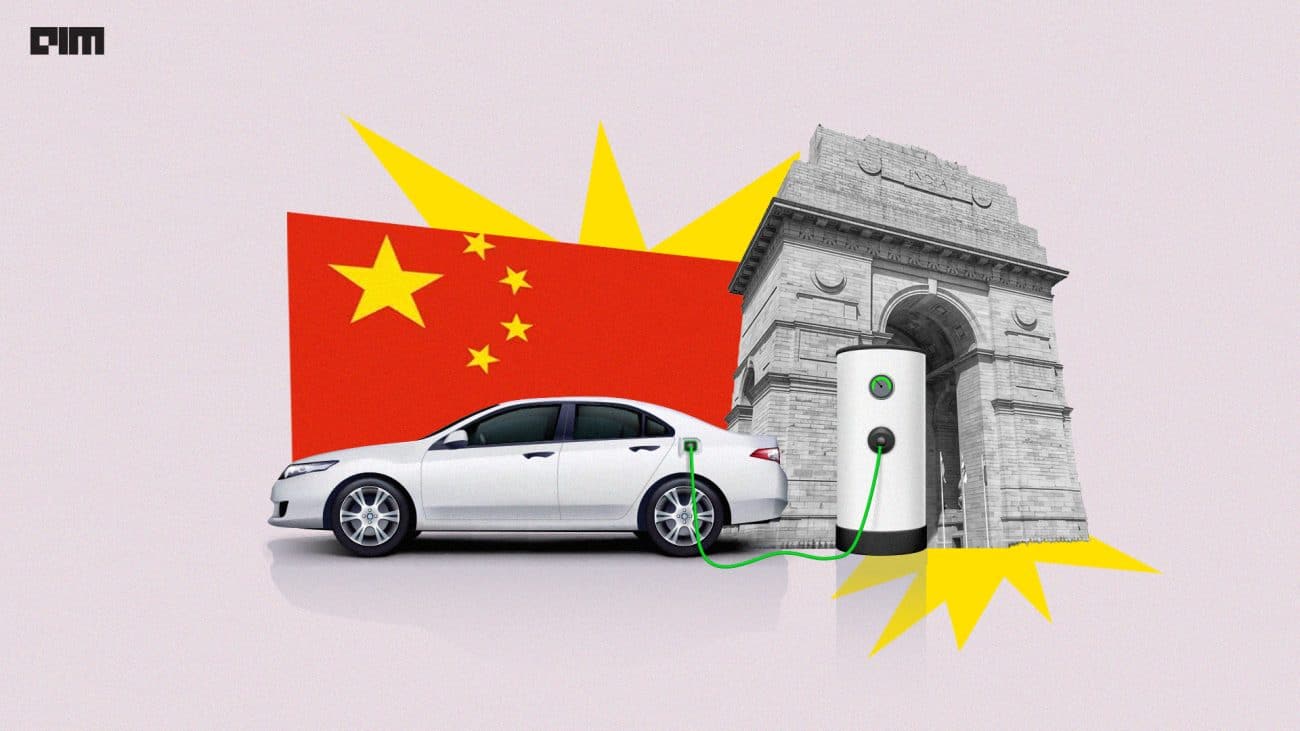Intel expects year-over-year revenue growth moving to the mid-to high-single digits in 2023 and 2024, with year-over-year growth ramping to 10%-12% by 2026, the company said on February 17 during its 2022 Investor meeting.
“The continued proliferation of technology is driving sustained, long-term demand for semiconductors, creating a USD 1 trillion market opportunity by 2030. With that opportunity in mind, today we outlined our strategy and roadmap for accelerating to 10%-12% year-over-year revenue growth by 2026 by doubling down on innovation, driving even deeper collaboration with our customers and partners, and leveraging our core strengths to successfully grow traditional markets and disrupt new ones. Our goals are ambitious, but I’m confident we have the right strategy and right team to achieve them and to deliver long-term value for our shareholders,” said Intel CEO Pat Gelsinger.
Intel is focused on attaining growth in the client, data center, network and edge markets and disrupting emerging markets with focused investments in accelerated compute and graphics, foundry, mobility and auto.
Underpinning Intel’s long-term growth plan is its Smart Capital strategy, which aims to help fund growth while creating flexibility and delivering higher returns on investments. Under the Smart Capital strategy, Intel intends to employ a disciplined approach to its investments and leverage government incentives, customer participation and other creative partnerships as offsets to capital spending.
Key elements of Intels’ Smart Capital include:
- Smart Capacity Investments: Intel is aggressively building out “shells,” which are the smaller portion of the overall cost of a fab but have the longest lead time. Having available shell space gives the company flexibility in how and when it brings additional capacity online based on milestone triggers such as product readiness, market conditions and customer commitments.
- Government Incentives: Intel continues to partner with governments in the US and Europe to advance incentives for domestic manufacturing capacity for leading-edge semiconductors, as it builds advanced fabs that secure domestic supply and provide opportunities for bolstering economic growth in local communities.
- Customer Commitments: Intel Foundry Services is working closely with potential customers, and some have indicated willingness to make advance payments to secure capacity. This provides Intel with the advantage of committed volume, de-risking investments while providing capacity corridors for our foundry customers.
- Infrastructure Agreements: Intel is also exploring innovative ways to optimise its investments in new fab projects. The chipmaker has announced a memorandum of understanding (MOU) with Brookfield Asset Management (Brookfield), one of the largest global investors in real assets, whereby Intel and Brookfield will explore project finance options to help fund new Intel manufacturing sites and certain related renewable power opportunities.
- External Foundries: Intel intends to make effective use of external foundries, leveraging some of their unique capabilities to help deliver leadership products.
Intel’s adjusted free cash flow is expected to be negative USD 1 billion to USD 2 billion as the company ramps its investments to accelerate long-term growth in 2022.







































































































